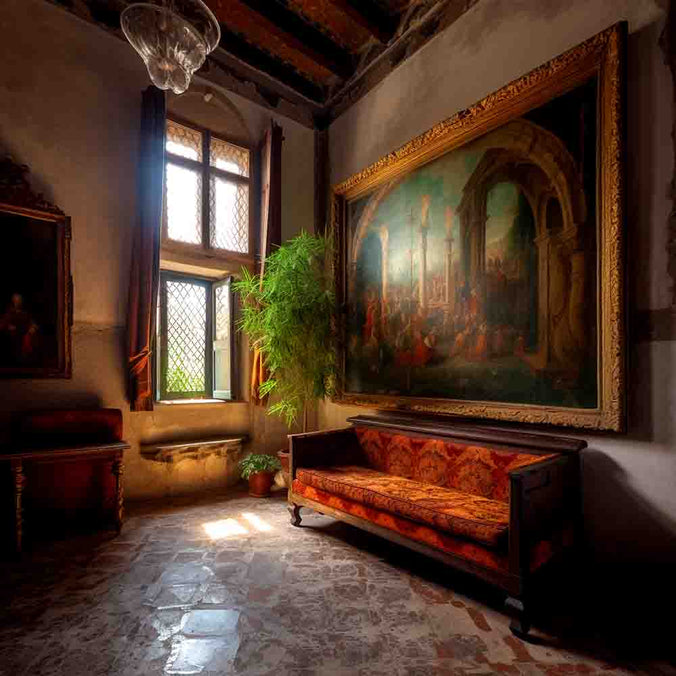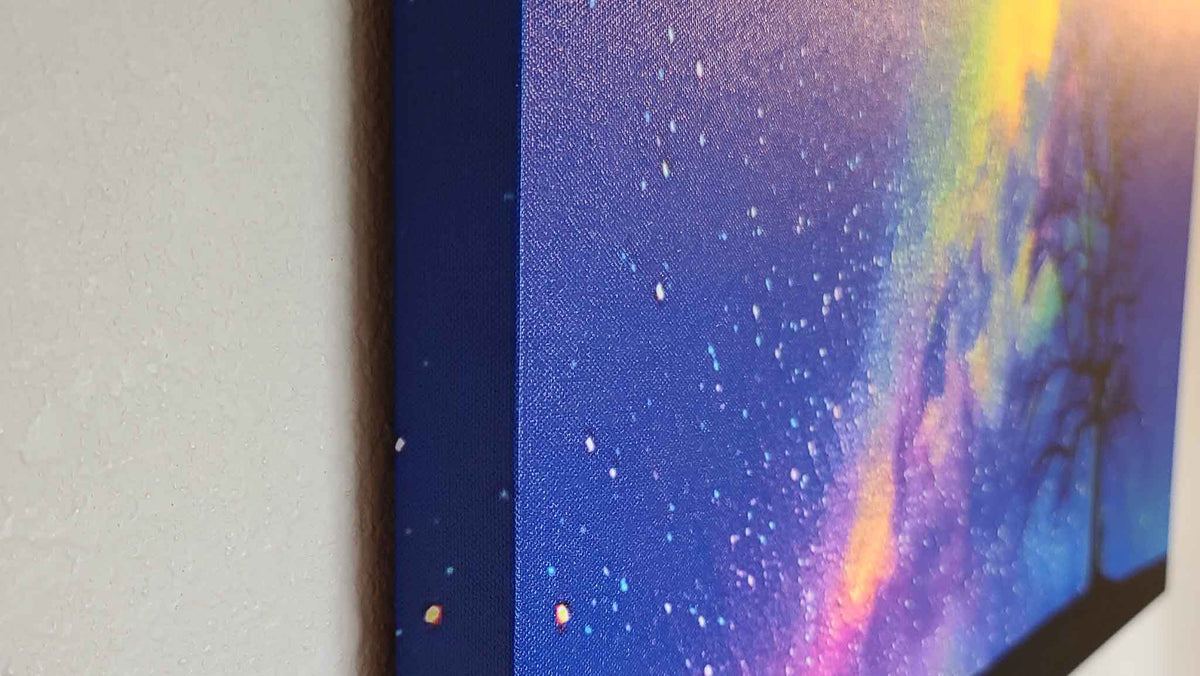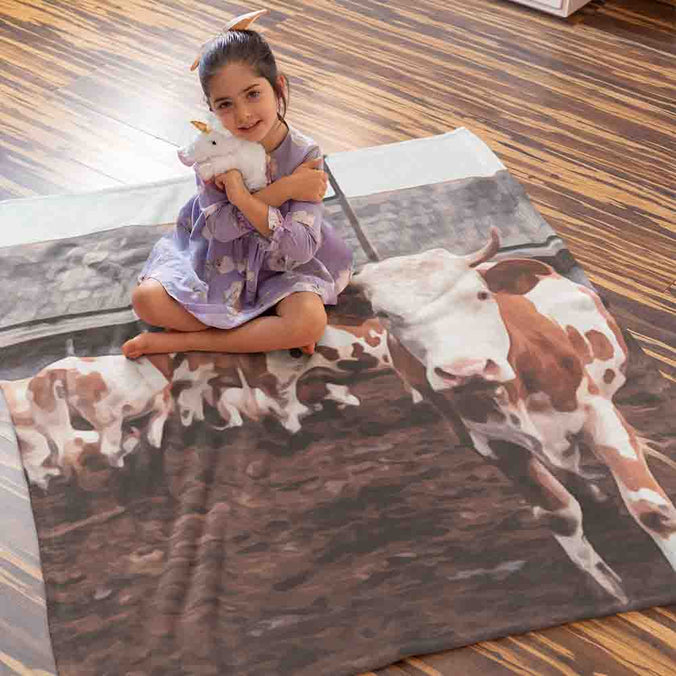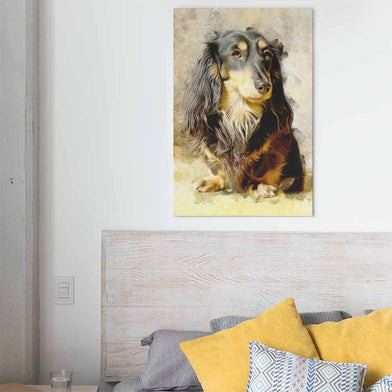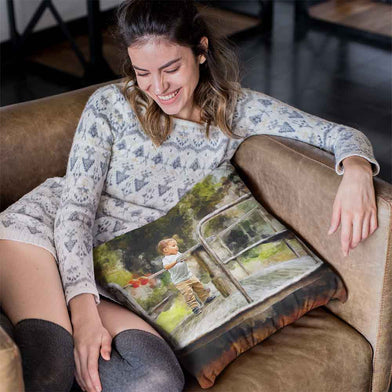Can You Put Different Styles of Wall Art in the Same Room?

Can You Put Different Styles of Wall Art in the Same Room?
Yes, you can certainly mix different styles of wall art in the same room. Combining various types of wall art can create a visually engaging and dynamic space, showcasing your unique taste and personal style. To achieve a cohesive look, consider factors such as color scheme, theme, and scale when selecting and arranging your wall art. Experimenting with a mix of styles, materials, and sizes can lead to a captivating and harmonious room design.
Combining Different Art Styles:
Combining contrasting art styles can make a room seem lively and interesting. Here are some tips for mixing different styles of wall art in the same room:
- Use contrasting colors, but keep the pieces in the same style. You can even use opposite colors, such as black and white, to bring a different look to the room.
- Mix bright and colorful paintings with black and white photos or a modern work with a classic floral piece.
- Use larger pieces as the focus, while smaller pieces can be used as supporting pieces.
- Add a three-dimensional object to the mix for added variety.
- Designate one wall as the focal point, keeping the rest of the room minimal.

Maintaining Balance and Cohesion
When mixing different styles of wall art, it's essential to maintain balance and cohesion in the room. Here are some suggestions:
Choose colors for the art pieces that complement the existing room décor.
- Ensure the art complements other furniture pieces in the room.
- Be mindful of the proportion of the pieces. If one piece is large, it should be placed below the other.
- Avoid overcrowding the walls with art. Instead, find a balance between the various elements of the room by leaving some empty spaces.
Mixing Abstract Art with Traditional Art
Mixing traditional and abstract art can create a modern, edgy look. Although it can be challenging to mix these two styles, abstract art is available in so many styles that it's easy to find something that complements your current room décor. Here are some tips:
- Start with a small, inexpensive piece and work your way up to a larger piece.
- Combine complementary pieces of abstract art to create a powerful statement, achieving balance and symmetry.
- Pair abstract art with different objects, such as furniture and décor pieces. For example, choose an abstract painting or photo that matches the color of a vase.
Mixing Modern and Traditional Art
A contrasting art collection in a living room can exude modernism while showcasing traditional furniture and accessories. Here's how to mix modern and traditional art effectively:
- Use formal framing to elevate the art and smooth the transition between abstract and traditional styles.
- Add character to the room by incorporating a highly stylized expressionist painting that contrasts with dark furniture.
- Employ unconventional spacing of artwork over the sofa to create a whimsical feeling.
Complementing Abstract Art
There are many different types of art that can complement abstract art. Here are some ideas:
- Choose a darker color scheme for the walls, making the abstract art stand out.
- Ensure the color of the art fits into the chromatic harmony of the wall color.
- Select large or small abstract art pieces. Larger pieces will draw the eye upwards, while smaller pieces will draw attention to themselves and help fill empty space.
Selecting the right frames
The choice of frames plays a crucial role in mixing different styles of wall art. Using similar frames for various art styles can bring a sense of unity and cohesion to the overall design. In contrast, using different frames can help accentuate the unique character of each artwork, emphasizing the eclectic nature of the collection. Consider the material, color, and style of the frames when planning your wall art arrangement.
The importance of layout
Planning the layout of your wall art is essential in creating a harmonious and visually appealing space. Sketch out your ideas on paper or use digital tools to experiment with different arrangements. This step will help you visualize the end result and make any necessary adjustments before you begin hanging the pieces. Keep in mind the balance, proportion, and scale of the artworks in relation to one another and the room as a whole.
Grouping wall art by theme
Another effective way to mix different styles of wall art is to group them by theme. This approach can create visual interest and add depth to your interior design. For example, you can mix botanical prints with landscape paintings, or group together portraits from different time periods and artistic movements. By organizing your wall art in this way, you can create a cohesive narrative while still showcasing a diverse range of styles.
Using negative space
When arranging different styles of wall art, it's important to consider the use of negative space. Leaving some areas of the wall blank can help create balance and allow each piece of art to stand out. This technique can be particularly effective when you're working with bold or large-scale artworks that need room to breathe. Experiment with different levels of negative space to find the right balance for your room.
Integrating wall art with other decorative elements
Incorporate other decorative elements, such as shelves, mirrors, and sculptural objects, into your wall art arrangement to create a more dynamic and engaging display. These additional elements can help break up the visual monotony of a large wall and provide extra opportunities for you to express your personal style.
The role of lighting in wall art displays
Proper lighting can significantly enhance the impact of your wall art display. Consider using a combination of ambient, task, and accent lighting to create depth and dimension, and to highlight the unique features of each artwork. You can use picture lights, wall sconces, or track lighting to illuminate specific pieces or areas of your wall art arrangement.
Experimenting with different hanging techniques
There are numerous hanging techniques you can use to create interesting and unique wall art displays. You can hang pieces at varying heights, use picture ledges or floating shelves, or even create a floor-to-ceiling gallery wall. Don't be afraid to think outside the box and try unconventional hanging methods that suit your style and the character of your space.
Mixing different styles of wall art in the same room can be an exciting and rewarding endeavor. With careful planning, attention to detail, and a willingness to experiment, you can create a visually stunning and unique display that reflects your personality and complements your interior design. Keep in mind the principles of balance, proportion, and harmony, as well as the importance of choosing the right frames, layout, lighting, and hanging techniques. By following these guidelines, you can successfully mix various styles of wall art and create a dynamic, engaging, and visually appealing space.
Leave A Reply
Your email address will not be published. Required fields are marked *

